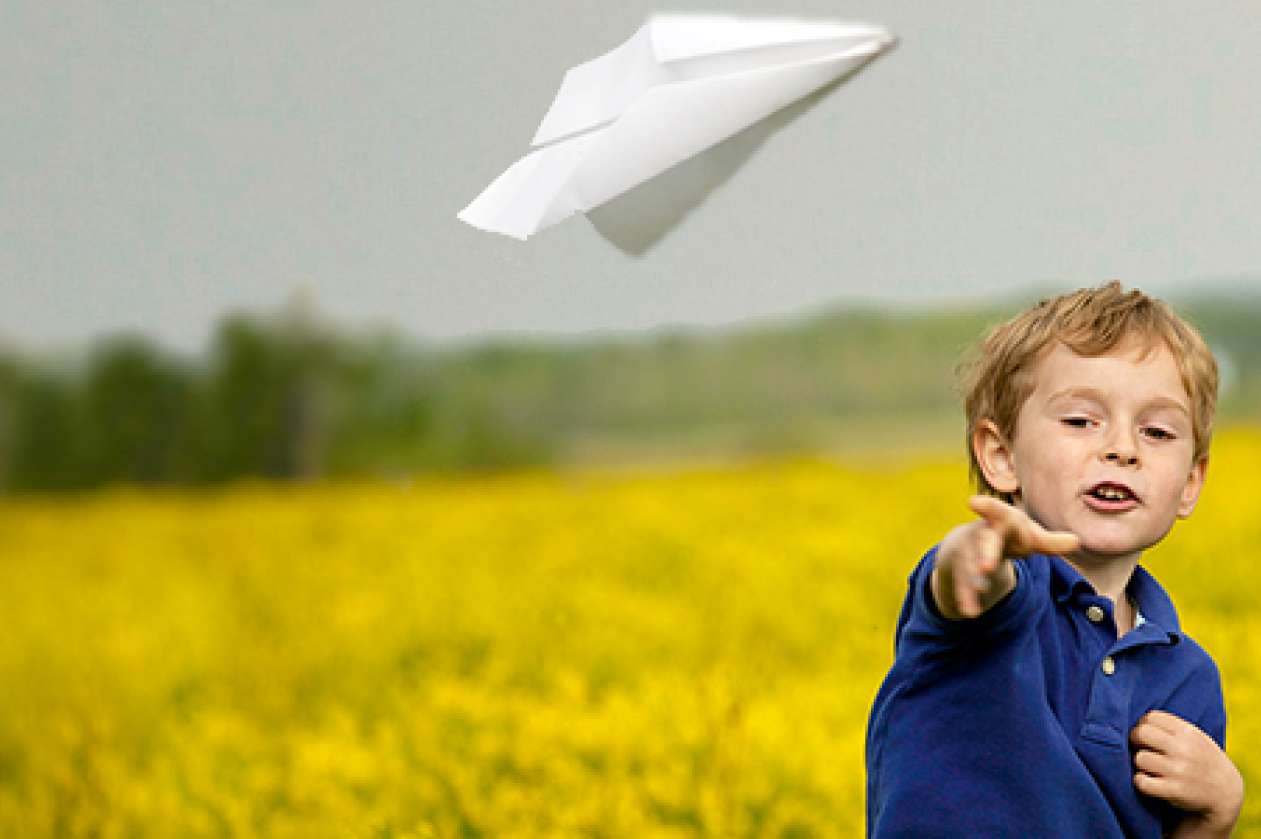
Olympic family activity: Create your own backyard decathlon
Are you watching the Rio 2016 games this summer? Keep your eyes open for our Canadian athletes competing in the Decathlon and Heptathlon events, and join the fun with the Backyard Decathlon activity below.
Track and field — more formally known as athletics — is the oldest sport in the Olympic Games. While the modern Olympics include everything from sailing to soccer, the original Olympic Games of Ancient Greece focused on classic athletics events in running, jumping, and throwing.
Among the different athletics competitions at the Olympics, the decathlon presents a special challenge. It combines 10 different track and field events:
- 100m sprint
- 110m hurdles
- 400m
- 1500m
- long jump
- high jump
- pole vault
- shot put
- discus throw
- javelin throw
What you need for your own Backyard Decathlon
- grassy area
- ribbon or rope
- tape measure
- big tree or clear section of wall space
- frisbee
- broomstick or mop handle
- calculator (if you don’t trust your mental math)
- a pencil and one piece of standard 8.5 x 11 paper per player for tracking results and keeping score
Decathlon athletes — called decathletes — must complete the 10 events over two consecutive days. The decathlete with the best combined performance wins.
Do you have what it takes to be a decathlete? Give it a whirl with family and friends in your own backyard. These activities have been designed so that young can compete against old, and have a chance at winning. Record points for each competitor as they complete these events:
10 metre crabwalk sprint
- Find a grassy area of your backyard or local park that is free of dangerous obstacles.
- Mark a start line with ribbon or rope and pace-off 10 long strides to create your race course.
- Get everyone down on all fours behind the start line — with bellies facing up.
- On the signal, everyone races to the finish line while doing the crabwalk.
- Your entire body has to cross the line.
- 10 points for first, 8 points for second, 6 points for third, 4 points for fourth.
Long jump – standing broad jump style
- Find a grassy area of your backyard or local park that is free of dangerous obstacles.
- Mark a take-off line where each competitor must jump from (e.g., colored ribbon on the grass).
- Competitors stand at the take-off line, bend their knees, swing their arms, and jump for distance.
- Measure each jump with a tape measure and write the measurement.
- 10 points for first, 8 points for second, 6 points for third, 4 points for fourth.
Beach ball shot put
- Create a throwing line in the grass.
- Competitors “throw” the beach ball from the throwing line.
- They must throw from their shoulder by “pushing” the ball in the traditional manner of the shot put.
- Measure each throw with a tape measure and write the measurement.
- 10 points for first, 8 points for second, 6 points for third, 4 points for fourth.
High jump-and-touch
- Find a big tree or a clear section of wall space outside.
- Make sure the ground is level and clear of dangerous obstacles.
- Competitors jump and reach up as high as they can, and touch the wall or tree trunk.
- Use a tape measure and record the height of each touch.
- Divide the touch height by the height of the competitor.
- Rank the resulting numbers (e.g. 1.59, 1.45, 1.34, etc.).
- 10 points for first, 8 points for second, 6 points for third, 4 points for fourth.
400 (centi)metre log roll
- Find a large grassy area of your backyard or local park that is free of dangerous obstacles.
- Mark a start line and pace-off four long strides to the finish line.
- Competitors lie down sideways at the start line.
- On the signal, competitors roll sideways until their entire body crosses the finish line.
- 10 points for first, 8 points for second, 6 points for third, 4 points for fourth.
Frisbee discus throw
- Create a throwing line in the grass.
- Competitors “throw” the frisbee from the throwing line.
- Competitors are not permitted to throw in the traditional frisbee manner (i.e. wrist spin).
- Frisbee must be cupped in the hand, and competitor spins and releases.
- Measure each throw with a tape measure and write the measurement.
- 10 points for first, 8 points for second, 6 points for third, 4 points for fourth.
Broomstick pole vault
- Find a grassy area of your backyard or local park that is free of dangerous obstacles.
- Mark a take-off line with a piece of ribbon or article of clothing.
- Use a broomstick or mop handle as a pole.
- Competitors jog to the take-off line, plant the “pole”, and jump in the style of the pole vault.
- Distance is not important. Style and form are the most important.
- The other competitors, friends, and family discuss each jump and assign a point score out of 10 according to style.
Paper airplane javelin throw
- Find a grassy area of your backyard or local park that is free of obstacles.
- Mark a throwing line with a ribbon, rope, or article of clothing.
- Each competitor makes a paper airplane (adults or siblings can help small children).
- Competitors throw their paper airplanes as far as they can from the throwing line.
- If necessary, use a tape measure to measure the distances of the throws.
- 10 points for first, 8 points for second, 6 points for third, 4 points for fourth.
Hopping hurdles
- Find a grassy area of your backyard or local park that is free of dangerous obstacles.
- Mark a start line and pace-off fifteen long strides to the finish line.
- Stretch lengths of ribbon, rope, or small lumber across the race course at five, eight, and eleven paces. (These are the “hurdles”.)
- On the signal, competitors race together through the hurdle course.
- Competitors can run between hurdles, but they must plant both feet and “hop” over each hurdle.
- 10 points for first, 8 points for second, 6 points for third, 4 points for fourth.
1500 (centi)metre endurance run
- Find a grassy area of your backyard or local park that is free of dangerous obstacles.
- Mark a start line and pace-off fifteen long strides to the finish line.
- Individually, each competitor “runs” the race course in dramatic “slow motion”.
- Competitors must imagine what it feels like to run around a stadium track 4 times, and then act out their experience over the 15 metres.
- The other competitors, friends, and family discuss each “performance” and assign a point score out of 10 according to dramatic style.
And the winner is ….
Add up the points for all competitors. The decathlete with the most points is the Backyard Decathlon champion!





